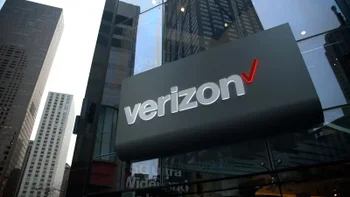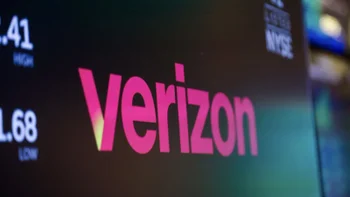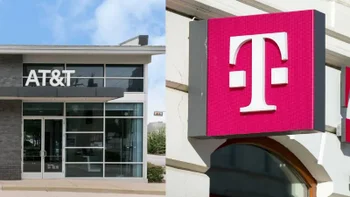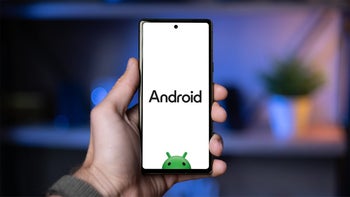Starting today, the USPTO is a "first to file" system

One of the more troublesome aspects of patent law is worrying about if something that you want to patent may have existed before you filed the patent, but starting today, that will no longer be a worry, because from here on, the US is moving to a "first to file" system, rather than the old "first to invent" system, which was much more difficult to defend.
The change comes thanks to the Leahy-Smith America Invents Act (AIA), which is the patent reform bill that President Obama signed into law in September of 2011. It is the same bill which President Obama more recently said only goes "halfway" to the full reforms needed in the patent system. The major components of the bill go into effect today, meaning the patent application process should be streamlined, small businesses get a break on filing costs, and it means that the US is now a "first to file" system.
*Update* We were mistaken at first, "first to file" doesn't mean that prior art doesn't matter, because prior art specifically refers to publically available evidence that one company has precedence over another in a patent dispute. If there is no prior art to worry about, whomever has the first filed patent will have the legal upper hand. A "first to file" system is how the majority of patent systems are done around the world, and should cut down on legal fees related to patents by making cases more straightforward, and should help the USPTO work through the incredible backlog of patent applications it has.
The bill also has provisions to attempt to curb patent trolls by stipulating that non-practicing entities (aka trolls) have to file one lawsuit per defendant, rather than filing one lawsuit with sometimes hundreds or thousands of defendants. The cost of that alone is expected to slow trolls.
source: The Next Web
Follow us on Google News













Things that are NOT allowed:
To help keep our community safe and free from spam, we apply temporary limits to newly created accounts: